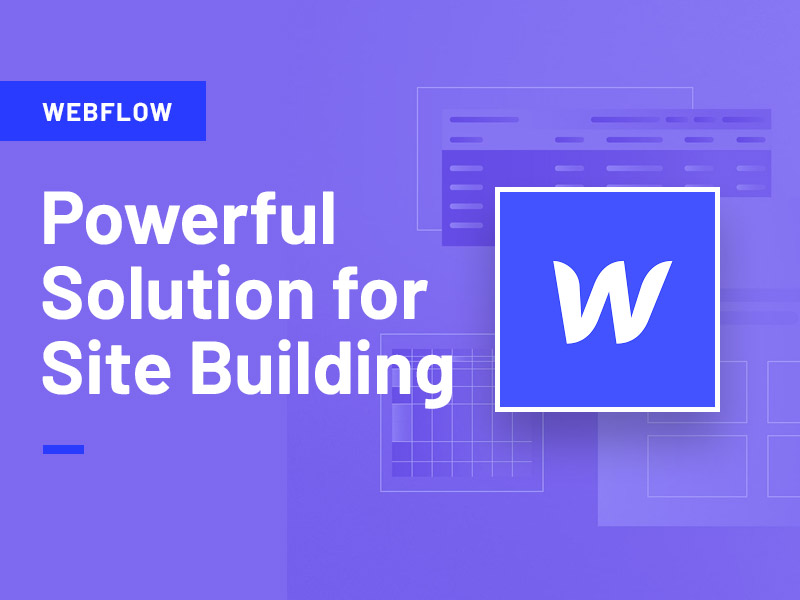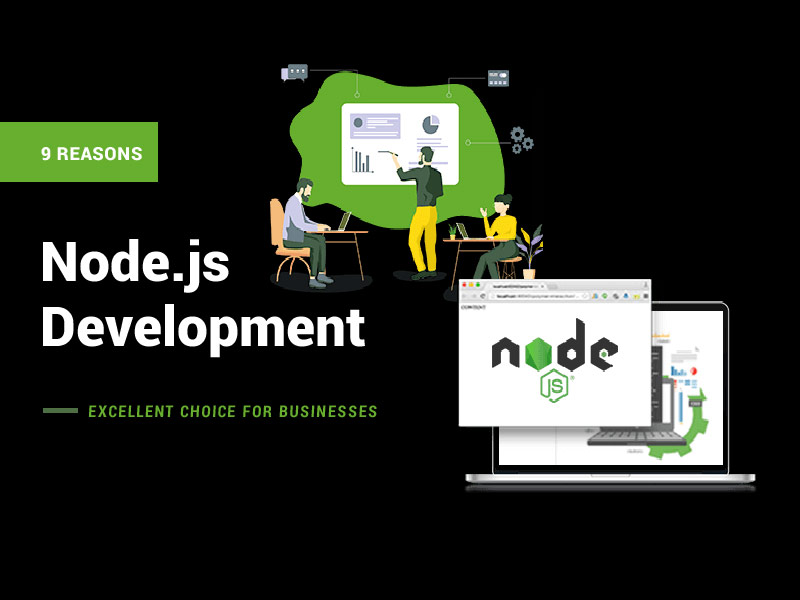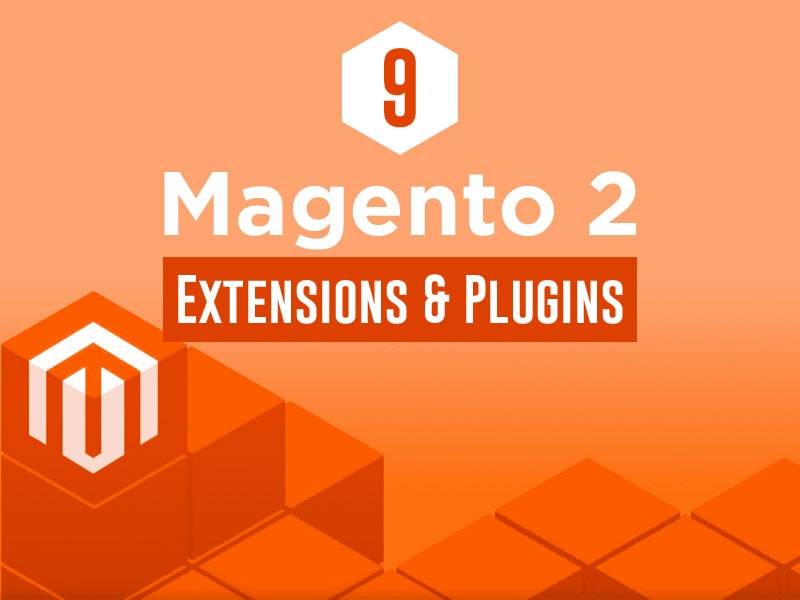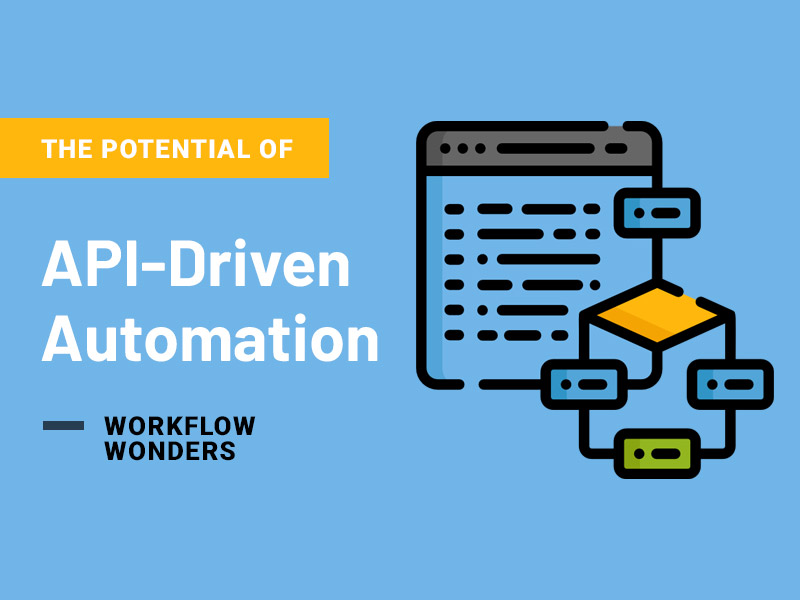At its core, Webflow is an online toolkit for making and running web resources. It combines traditional builders like Wix, classic content management systems like WordPress, and manual coding. The tool was specially developed for people who want to create sites without focusing on the technical aspect while being based on high-quality code and without being tied to any particular publishing platform. Any Webflow developer can tell you about the vast possibilities of this solution. However, is this platform as good as they say? Let’s figure it out.
Site Creation
The Photoshop window-like interface is an HTML/CSS automation tool where users can add, position, and style elements. At the same time, the underlying system automatically generates the markup and all other necessary code. The interface is complex and time-consuming, but it is undoubtedly one of the most potent and versatile real-time builders available today. In addition, thanks to the Figma to Webflow plugin, you can use and edit designs from Figma.
The Webflow Designer Panel is reminiscent of CSS properties, so to truly harness the capabilities of this tool and build a website with Webflow, it’s essential to have a foundational understanding of HTML/CSS. However, if you check the “I don’t code” box during registration, Webflow automates most of the website-building process. For example, it will process media queries for media to provide a “responsive” site behavior (i.e., it will generate code on the go to view your page from a tablet and other mobile devices).
You can construct the site from scratch or use any Webflow integrations or ready-made solutions with a defined site structure. Webflow offers over 30 free and 100 premium projects, with the critical difference between the two groups being the level of detail and included resources like styles and images.
CMS
In addition to being able to change any text or media directly on the page you are developing, CMS allows you to manually define custom content types (blog posts, projects, team members, etc.) using custom fields, which can make life much easier for those who manage large web projects with complex structures.
Related: How to Find the Right Content Management System (CMS)
Hosting
Publishing your brainchild through Webflow is very simple: click the corresponding button at the top of the Designer screen, and a list of available deployment options will open, which include a subdomain of the webflow.com domain (recommended for testing) and a custom domain. One more click – and you’re done. Your site is published automatically.
In addition to integration with the builder, hosting has other advantages that affect the performance of your site and the workflow of developers:
- Based on the distributed infrastructure of the largest cloud providers (Amazon CloudFront and Fastly), it can quickly scale to meet your traffic requirements without doing it manually.
- The built-in content delivery network (CDN) at no additional cost ensures that your website is loaded from a server that is geographically close to your visitors, wherever they are.
- An advanced distributed infrastructure guarantees your site’s fast loading times and 24/7 uptime, regardless of traffic surges and hacker attacks.
- The built-in SSL certificate ensures that your website meets modern security standards right from the start without the need to set up, buy or renew anything.
Conclusion
The proposed solution can be safely called an advanced integrated toolkit for web designers who value flexibility and efficiency. The result of constructor, editor/CMS, hosting, and now eCommerce working together meets all modern requirements for web development but requires much less initial costs and installation time.







